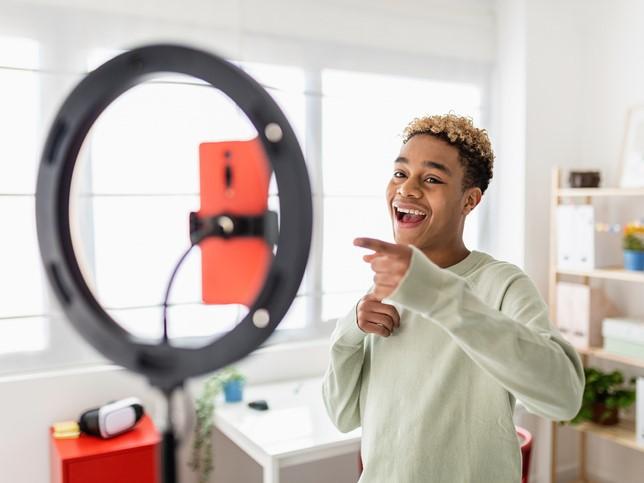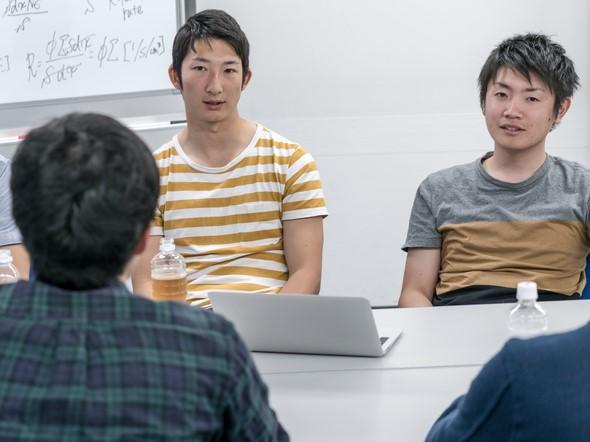Speak to any graduate employer about the challenges they currently face, and it will not be long before you hear the words equity, diversity and inclusion (EDI). The business case is clear – diverse companies tend to be more innovative, productive and profitable. Yet social mobility can sometimes be a neglected part of the conversation.
We feel this needs urgent attention, as exemplified by the relative failure of the UK government’s flagship “levelling-up” agenda. On top of this, the Covid-19 pandemic has exacerbated pre-existing inequalities, impacted education and opportunities to gain work experience and worsened mental health among students and graduates.
In parallel, university EDI metrics have recently expanded from their traditional focus on the composition of student cohorts at the point of admission. New dimensions focus on the student journey during and after university through measures such as value added, completion rates and employment outcomes.
- How a sustainable internship programme can support social mobility
- Strategies to train students in three transferable skills wanted by employers
- If we truly want a level playing field, we must focus on social capital
The change responds to concerns that while higher education institutions are effective at preventing widening inequality in their students, they are ineffective at reducing pre-existing markers. Unfortunately, the pandemic has also led to unprecedented demand for career support from students and recent graduates that often extends beyond the resource capabilities of university career services. Worse, we know that the students who need support the most tend to be the ones least likely to seek it.
In response to these pressing challenges, we offer four practical approaches that cumulatively show how university career services can use social media to foster social mobility for their students.
First, speak to students, graduates and employers to identify the specific needs of individuals. For many students, particularly those from disadvantaged backgrounds, having the confidence to visit an on-campus service, with no appointment, to speak to someone about their future career is simply out of their reach. Social media allows us to overcome these barriers by providing students with more accessible content.
You might consider using surveys and focus groups to understand the needs within the university context and compare these findings with those from other studies on a national or international level. Additionally, could communities of practice enable knowledge-sharing with other institutions? While the challenges of fostering social mobility may vary from institution to institution, the overall objective of engagement is the same. Granted, direct competition for university rankings may seem like a barrier to such engagement, but collaboration has the potential for win-win outcomes.
Second, identify which social media channels to use to reach students, especially those from disadvantaged backgrounds. The evolving nature of social media means that universities often struggle to keep abreast of trends. Today’s content is more visual than a few years ago, emphasising short-form videos. Consequently, Instagram, with its visual posts and quick-fire short video reels, and TikTok, with its short, trend-driven videos, have soared in popularity. Concurrently, Facebook and Twitter engagement levels have reduced among student populations. Keep an eye on the latest trends and be open to trying new approaches rather than sticking to tried and tested means of content delivery. Think about how you can make these social spaces fun and authentic.
Third, use social media to provide informative content that engages students rather than advertises your services. Typically, university career services use social media as a promotional and marketing tool. The problem is that focus groups and survey results continually show that students prefer that promotional material and adverts for career events are confined to emails.
But what if the content was not promotional? How might students, particularly those from disadvantaged backgrounds, be encouraged to hit the “follow”, “like”, “save” or “share” icons? We believe social media content needs to be helpful in its own right rather than simply signposting the user to the career service or an associated event. Handily, content such as “how to” guides, “day in the life” videos, and “top 5 tips” all lend themselves neatly to employability content that people can read, engage with and bookmark for later.
Such an approach puts university career services in the palm of any student’s hand, offering the potential to manage unprecedented demand for career support. However, the most significant benefit comes for students who need career-related support but are least likely to engage in more traditional ways, such as face to face.
Fourth, use a peer-led approach and a diverse team of student faces on social media channels to make the career service more approachable and accessible. But how do you do this? Somewhat counterintuitively, the first step is to take a step back. As the working professional behind the career service, you are probably not the relatable face students need to see on camera. A peer-led approach helps establish rapport and build trust by allowing students to see themselves in the content.
By utilising student and graduate content creators – in the form of student ambassadors, student staff and even full-time graduate interns – you can be assured that the content is authentic. Additionally, a diverse array of students and graduates on camera makes the content more relatable to a broader audience, further increasing engagement.
We hope the practical suggestions in this article can act as a catalyst for university career services to make greater use of social media to support social mobility in their students. The time has come to take active steps that make a real difference in the lives of young people by fostering an inclusive culture encompassing social mobility. Universities benefit from reputation and league table rankings, employers benefit from diverse talent pipelines and society benefits from diverse voices influencing policy decisions.
William E. Donald is associate professor in sustainable careers and human resource management at the Ronin Institute, US, and the University of Southampton, UK.
Kaz Scattergood is a web and digital designer for careers and employability at the University of Liverpool, UK.
If you found this interesting and want advice and insight from academics and university staff delivered direct to your inbox each week, sign up for the THE Campus newsletter.




comment